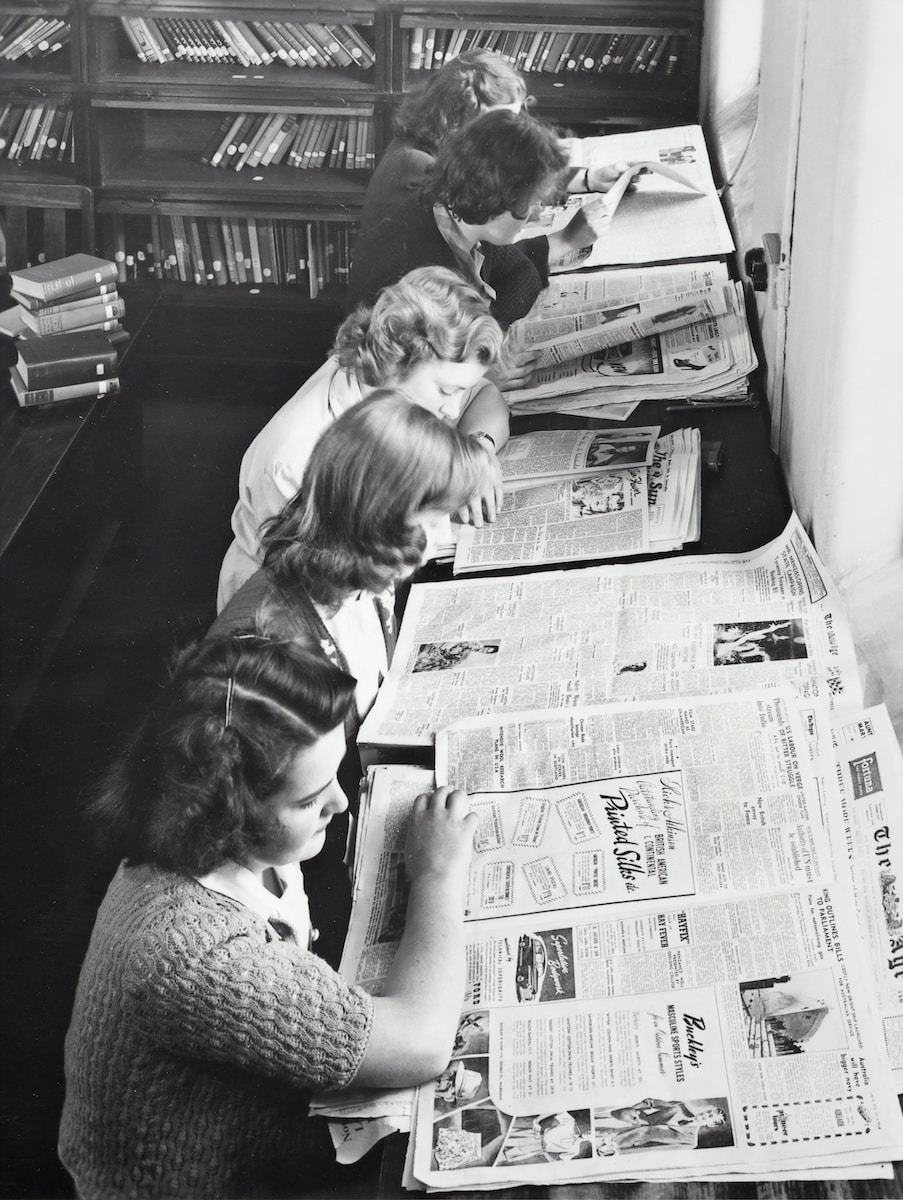
In the world of modern electronics, Printed Circuit Boards (PCBs) have revolutionised the way devices are designed, manufactured and interconnected. These seemingly unassuming boards play a crucial role in enabling the functionality of everything from smartphones and laptops to advanced medical equipment and aerospace systems. In this blog, we’ll take a captivating journey through the history of PCBs and witness the remarkable transformations that have shaped these vital components over the years.
The Birth of PCBs:
The origins of PCBs can be traced back to the early 20th century when electronics were in their infancy. Before PCBs, electronic circuits were assembled using point-to-point wiring, which was not only time-consuming but also prone to errors and unreliability. The breakthrough came in the 1930s when Austrian engineer Paul Eisler conceptualised the idea of a flat, non-conductive board with conductive pathways for electronic components. However, it wasn’t until the 1950s that PCBs gained significant traction in the industry.
The Advent of Single-Layer PCBs:
In the 1950s, the first true PCBs were constructed using single-layer boards made from phenolic resin and paper-based substrates. These early PCBs were etched with a chemical process to create conductive pathways. They proved to be a revolutionary alternative to manual wiring, significantly reducing the size and complexity of electronic devices.
Dual-Layer PCBs and Beyond:
By the 1960s, double-sided PCBs emerged, allowing for more complex circuit designs and increasing the potential for miniaturisation. The ability to connect components on both sides of the board revolutionised electronics, enabling more sophisticated and compact devices.
Rapid Advancements in Material and Manufacturing Techniques:
The 1970s saw a surge in technological advancements in PCB manufacturing. The introduction of fibreglass-reinforced epoxy substrates (FR-4) provided enhanced durability and allowed for higher operating temperatures. Innovations in plating techniques, such as through-hole plating and surface-mount technology (SMT), further propelled the evolution of PCBs. These advancements enabled the production of multi-layer PCBs, increasing circuit density and paving the way for even more complex electronics.
The Digital Revolution and High-Density Interconnect (HDI) PCBs:
As the digital revolution gained momentum in the 1980s and 1990s, the demand for high-performance PCBs surged. The introduction of High-Density Interconnect (HDI) technology allowed for increased wiring density, reduced signal loss, and improved electrical performance. HDI PCBs became essential for cutting-edge applications like smartphones and other portable devices, driving the trend towards smaller, lighter, and more powerful electronics.
Flex and Rigid-Flex PCBs:
In recent decades, the quest for flexibility and space optimisation led to the development of flexible and rigid-flex PCBs. These boards provide the capability to create intricate, three-dimensional designs, perfect for wearable devices, medical implants, and aerospace applications, where space constraints are critical.
The Future of PCBs:
As technology continues to evolve, so will PCBs. The future holds exciting possibilities, including advancements in material science, further miniaturisation, and the integration of emerging technologies like 5G, IoT, and AI. We can anticipate even more efficient and powerful PCBs, catering to the needs of ever-evolving electronic applications.
The history of PCBs is a testament to the ingenuity and perseverance of human innovation. From humble beginnings as a replacement for manual wiring to becoming the backbone of modern electronics, PCBs have undergone remarkable changes over the years. As the world continues to embrace new frontiers in technology, PCBs will undoubtedly continue to adapt, transform, and redefine the way we interact with electronic devices in the years to come.